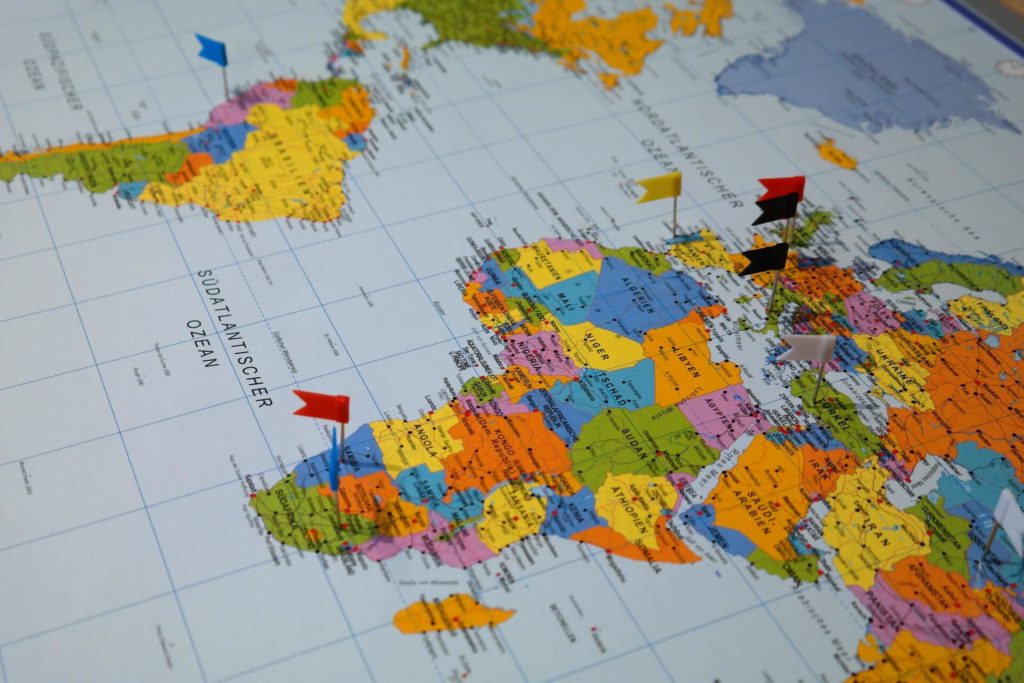If you’re looking to promote your brand across the globe, creating compelling multilingual materials is just one side of the digital marketing coin. Successful international businesses effectively utilize multilingual SEO strategies when going global. Without well-developed SEO, consumers can’t find the content you’ve put your time and energy into.
Putting together a multilingual SEO strategy requires a knowledge of analytics and the regions you’re looking to promote yourself in. And although it might seem like a lot of work, taking a methodical approach can lighten your workload and create keywords and content that will gain traffic.
Here are five easy steps to help you create a strong multilingual SEO plan.
1. Know Your Audience
This sounds obvious, but make sure each set of keywords is customized for different locations. Keyword popularity will vary depending on which market you’re working in; what may be trending in China probably isn’t in Europe, and vice versa.
The more you know about the audience you’re working with, the more likely it is you’ll garner better traffic. Knowing what local consumers want and are searching for will help you create keywords that are relevant and popular.
2. Go Deeper Than Google
Google is an international search engine, but it’s not the only one out there. In China, for example, the country’s most popular search engine is Baidu. In Russia, the most common way for internet goers to find info is via Yandex.
It’s important to do keyword research using search engines that are popular in the region you’re looking to promote your brand.
3. GeoTargeting
Geotargeting refers to creating content that is tailored to a specific region or country, creating different websites or web pages for users in different locations. For example, consumers from the UK might be directed to a site specifically dealing with Europe, while the same company might create a different, US-centric site for American buyers.
This method uses different domain names (.uk, .us, etc.) to easily denote which web pages consumers should visit depending on where they live. Geotargeting can also be done by creating different web pages for different countries on one company’s website.
4. Do Keyword Research, Not Translation
It might be tempting to send all your optimized keywords to a translator when creating multilingual SEO. Unfortunately, that won’t work. Just because some keywords work in certain locales, doesn’t mean they’ll be successful in others.
It’s necessary to find out whether your translated keywords would be relevant in your new market (which they likely won’t) and then research the region you’re looking to work in to create search terms that will resonate.
5. Keep Track of Your Traffic
No matter if your SEO is multilingual or not, it’s always important to monitor your traffic closely. In the case of developing keyword strategies for multilingual optimization, this can be especially important.
Keeping an eye on what content does well and what doesn’t helps to give insight into how you can boost your multilingual SEO performance. If you see a certain piece of content that hasn't gotten much traffic, look at your SEO – is it culturally appropriate? You might find that you’ll need to tweak your approach going forward.
The More You Know
Developing a strong SEO strategy can seem like a daunting task no matter where you’re trying to promote your business. But doing the necessary research and being cognizant of the cultural norms and nuances of your target market will make your life easier.
And, at the core of any multilingual SEO strategy is, of course, strong translators. Being able to work with linguists who understand the region you’re working in will be helpful in crafting content that is appropriate and interesting to your buyers.

